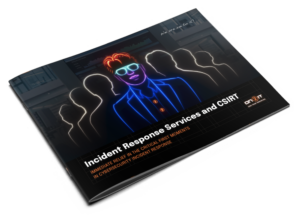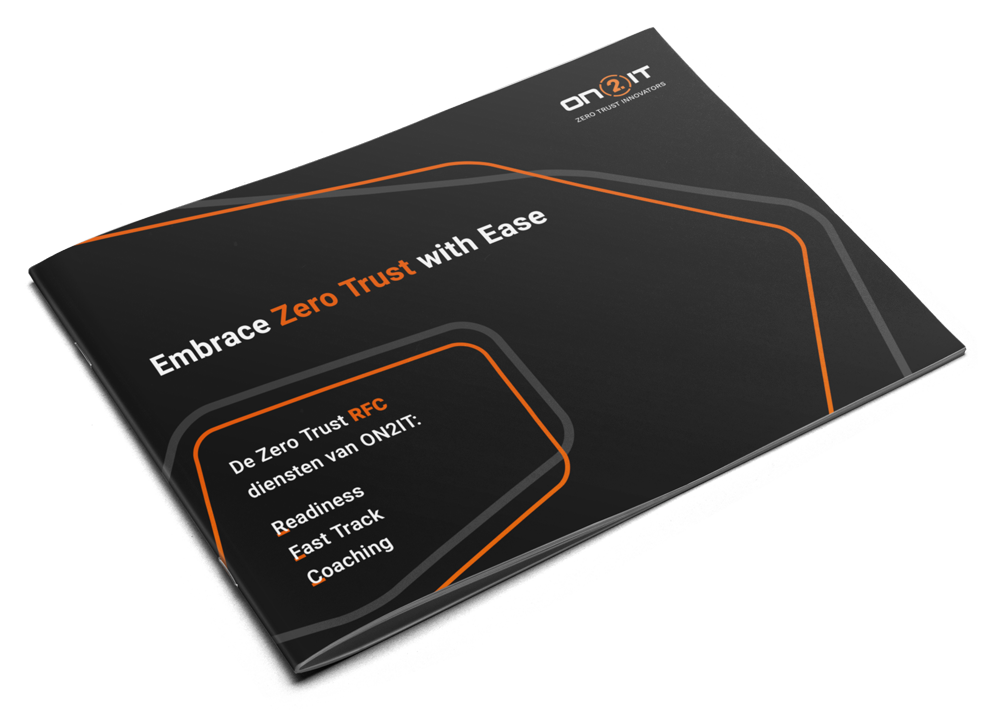The sudden and forced rise in working from home has created a lot of work for a large number of companies.
It may have already slipped our minds, but suddenly, your entire company needed to be able to work remotely. This may have led to some problems.

The thing is, many companies don’t stop to think about the status of their cybersecurity until a problem arises. Whether it’s a sudden transition to remote work or the abrupt implementation or alteration of compliance guidelines, the moment to then start thinking about your cybersecurity will already have passed.
With these significant and abrupt transformations, it’s crucial to ponder the following two questions:
- How do you find out what your cybersecurity has to cover?
- Regardless of the transformation you’re going through, what approach to cybersecurity gives us enough flexibility and staying power?
Whether it’s a sudden transition to remote work or the abrupt implementation or alteration of compliance guidelines, the moment to then start thinking about your cybersecurity will already have passed.
Working from home is just one of many examples
Being able to work remotely has for many organizations led to a rapid shift in how they approach their networks. While previously the emphasis was on protecting a centralized infrastructure, companies now have to focus on a different approach.
This unexpected network transformation is but one of many (expected or unexpected) transformations that companies face these days. We are, after all, still in the middle of one of the most significant transformations of recent years: the shift from in-house data centers to cloud-based solutions.

Reactive to proactive
Suddenly having to facilitate working from home was a shift that we couldn’t have prepared for. Some transformations or changes you will see coming, others you won’t. This is why we consider a more proactive approach the solution to dealing with these transformations. The traditional model of ‘after-the-fact-review’, where security measures are primarily reactive to incidents, is outdated.
A proactive approach will empower you. But, how do you make sure your cybersecurity is set up in a proactive way?
The traditional model of ‘after-the-fact-review’, where security measures are primarily reactive to incidents, is outdated.
DOES REMOTE WORK?
Allowing remote access, is required for almost all enterprises. But enabling remote access brings a number of security concerns.
Join Luca Cipriano, Lieuwe Jan Koning and Rob Maas as they take a deep dive into threats surrounding remote work:
Citrix Netscaler
TunnelCrack VPN
FortiOS SSLVPN buffer overflow

Zero Trust is the only cybersecurity strategy focused on prevention
The Zero Trust approach uses the guiding principle of ‘never trust, always verify’. There is no assumption about the level of trustworthiness, whether we’re talking about users, their data or the applications they work with.
With a Zero Trust strategy, access to data is limited to a need-to-know basis. Based on an understanding of data and traffic flows, the network and its security are designed ‘from the inside out’. All traffic within the network is inspected and logged.
This includes traffic from and to your employees, regardless of where they’re working from (home, office, or on the road).
Conclusion
In an age where remote work and network transformations are increasingly becoming the norm, cybersecurity can’t be an afterthought. The Zero Trust model offers a holistic approach to security, where trust is not taken for granted and continuous monitoring and verification are key.
By implementing strong security measures from the start, organizations can pave the way for a secure digital future in which they can effectively fend off threats and remain resilient in an ever-changing landscape.
The time for your organization to get started with Zero Trust is now. When will you start?


